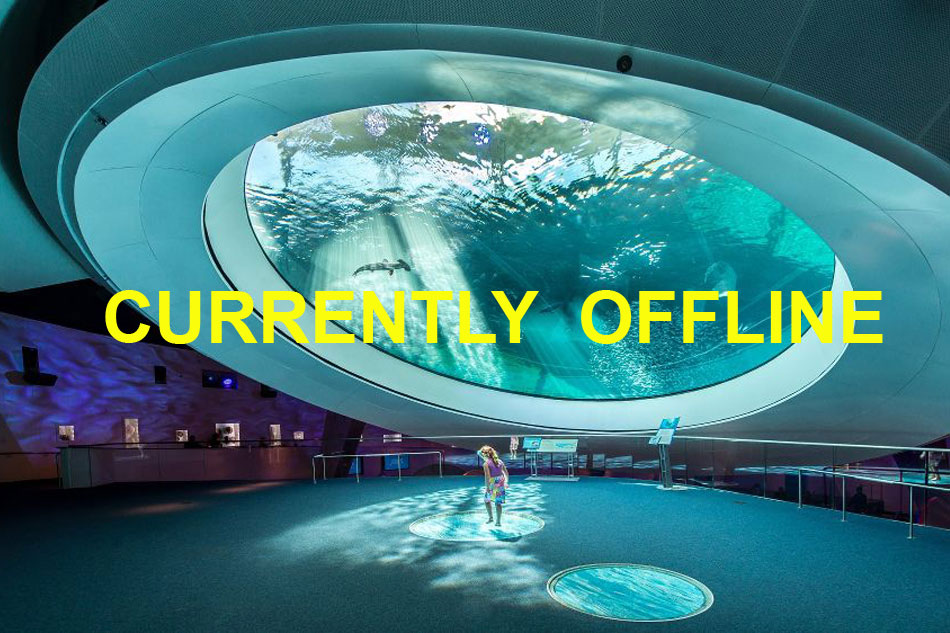More info: Enter the vast realm of one of the world’s most powerful ocean currents in the 500,000-gallon Gulf Stream exhibit. at the Phillip and Patricia Frost Museum of Science (Frost Science) in Downtown Miami. The exhibit mimics the environment just off the coast of Miami with the powerful ocean currents. There are hammerhead sharks, tuna, sea turtles and other deep sea species in this exhibit.
The hammerhead shark takes its name from the very distinctive structure of its head which is flattened and extended laterally into a "hammer" shape called a cephalofoil.
The ancestors of today's hammerhead sharks most likely appeared first in the Earth's oceans some 20 million years ago and evolved over time into the variety of strange shaped fish of today. There are nine species of hammerhead sharks ranging in size from 1 to 5.5 metres. They are found cruising around warm waters of the world, from the Caribbean to Australia but during the summer, they participate in a mass migration to search for cooler waters.
Hammerhead sharks are usually coloured light gray with a greenish tint and a white belly. Their wide-set eyes give them a better visual range than most other sharks. Hammerhead sharks are equipped with two extra senses - one sense that allows them to detect frequency waves caused by the movement of fish, and another that allows them to detect electrical fields, to find prey hidden or buried on the sea floor.
Hammerhead sharks have a diet with a large range of prey such as fish (including other sharks), squid, octopus, and crustaceans. A particular favourite are stingrays and they will use their wide heads to pin stingrays against the seafloor. The great hammerhead, tending to be larger and more aggressive than most hammerheads, occasionally engages in cannibalism, eating other hammerhead sharks, including its own young.
Hammerhead sharks live to be about 30 years old.
Hammerhead sharks have not been responsible for any fatal shark attacks on humans.


